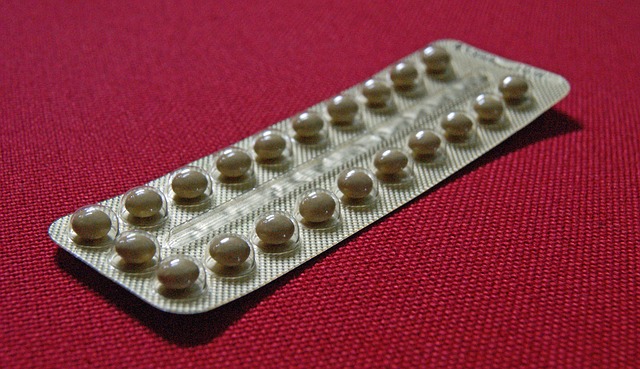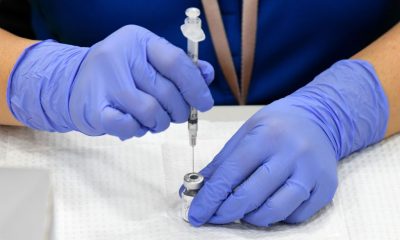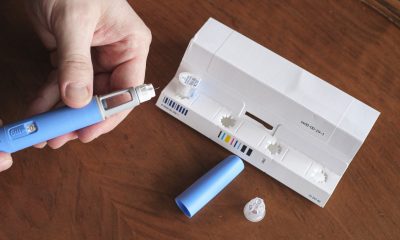Anew study presented at ENDO 2022, the annual meeting of the endocrine society in Atlanta, Georgia, has conducted a successful experiment to create a safe male contraceptive regime.
The drugs used in the experiment include DMAU and 11-MNTDC which are categorized as progestogenic androgens.
These medications work by lowering testosterone levels, which has a bearing on the reduction in the number of sperm.
Conventionally, bringing down testosterone levels often results in unpleasant side effects. However, the majority of the men in the clinical trial were not averse to the idea of continuing to take the drugs, reflecting that the side effects were tolerable.
“Male contraception options are currently restricted to vasectomy and condoms, and are thus extremely limited as compared to female options,” said lead researcher Tamar Jacobsohn of the Contraceptive Development Program at the Eunice Kennedy Shriver National Institute of Child Health and Human Development.
“Development of an effective, reversible male contraceptive method will improve reproductive options for men and women, have a major impact on public health by decreasing unintended pregnancy, and allow men to have an increasingly active role in family planning,” Jacobsohn added, explaining the significance of their experiment.
The experiment was devised in two Phase 1 clinical trials with 96 healthy male participants. The subjects in each trial were prescribed either two or four oral pills containing the active drug or a placebo. The participants were kept on this medication pattern for 28 days.
The results were encouraging. It was found that testosterone levels reached below normal after seven days of being on the active drug. The testosterone levels did not budge below the normal range in subjects who took the placebo.
The study found that 75% of men who took the active drug said they would be willing to use it in the future, compared with 46.4 percent of those taking a placebo. Not surprisingly, men who were on the four-pill daily dose (400 milligrams) exhibited lower levels of testosterone than the ones taking the two-pill daily dose (200-milligram dose).
Also, no significant differences were observed between the two active treatment groups in terms of satisfaction with the drug or the openness to use it in the future or recommend it to others.
“Men’s positive experiences in clinical trials and high ratings of acceptability for this male pill should serve to excite the public about male birth control being potentially widely available in the coming decades,” Jacobsohn noted.
















